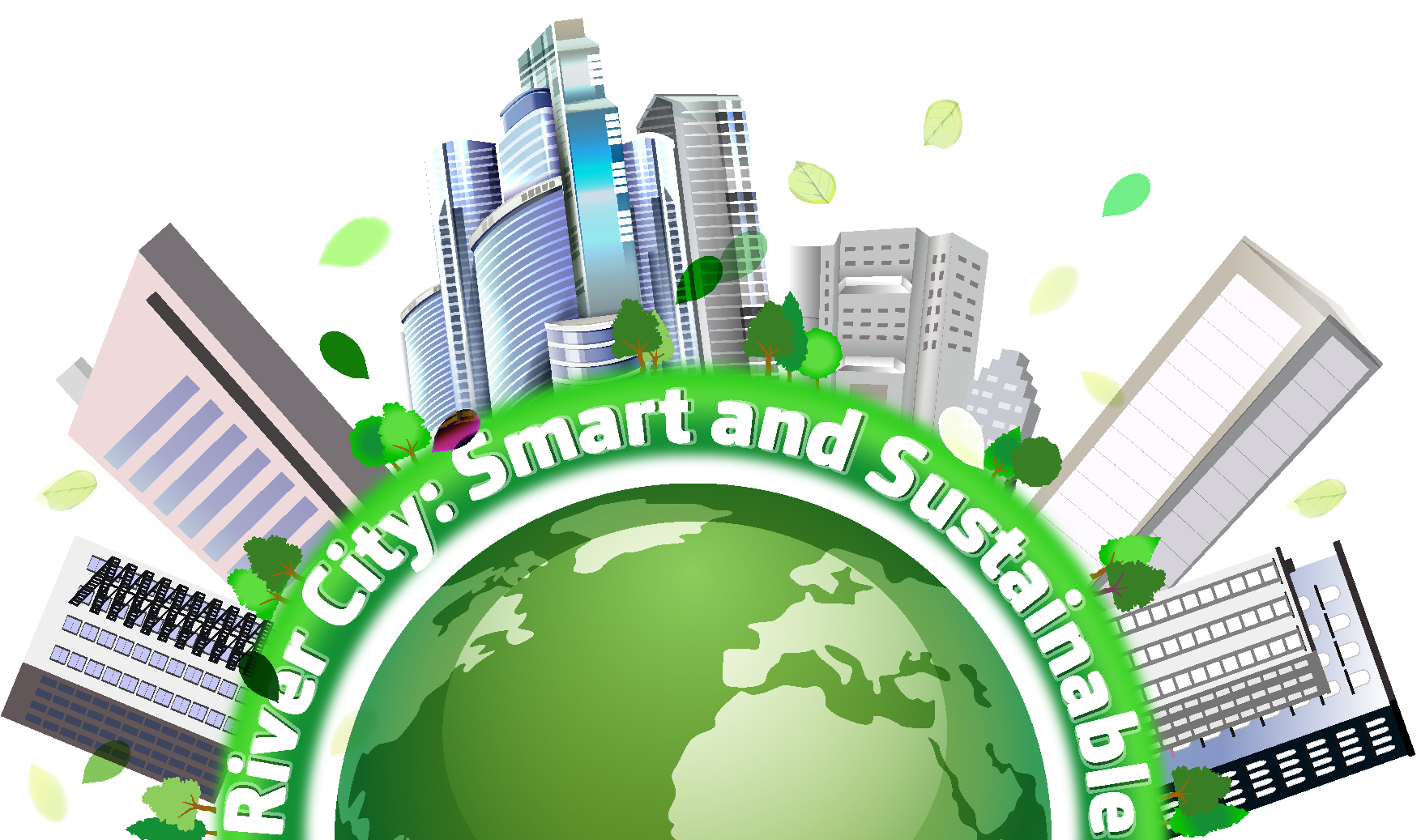
River City has underpinned its policymaking in order to become a Smart and Sustainable City. As an attractive and vibrant island, River City has relied on its natural resources and growing economy for covering the needs of its residents and visitors.
River City Vision
The potential of the public services, driven by the desire of a citizen-centric approach, to adapt, transform, and support the digital age through the use of digital technologies (e.g. IoT, Artificial Intelligence, Blockchain, Augmented Reality, Simulation, etc.).
River City Viewpoints based on Architecture Standards
The ArchiMate language has been selected for creating viewpoints in River City in order to systematically address stakeholder concerns, which conforms to the ISO/IEC 42010 standard (‘ISO/IEC/IEEE 42010:2011’, 2011), and provides a model for Architecture Description (ArchiMate® 3.1 Specification, 2019). Architecture views are representations of the overall architecture that are meaningful to one or more stakeholders in the system (‘TOGAF® Standard, Version 9.2’, 2018). Likewise, in order to develop better digital public services and include the needs of citizens and businesses from other EU Member States, there is a requirement to use common operational models (The New European Interoperability Framework, 2017).
We considered these standards to guide the design of the viewpoints for the River City as listed below.
River City Context
River City represents its vision, strategy, and major characteristics (e.g. principles, constraints, standards) that make this city unique (i.e. its context) through the following architecture viewpoints.
[wp_table id=3605]
References
- ArchiMate® 3.1 Specification (2019). Available at: https://pubs.opengroup.org/architecture/archimate3-doc/chap14.html#_Toc10045456/.
- The New European Interoperability Framework (2017). Available at: https://ec.europa.eu/isa2/eif_en%0A.
- ‘TOGAF® Standard, Version 9.2’ (2018). Available at: https://pubs.opengroup.org/architecture/togaf8-doc/arch/chap31.html.
- ‘ISO/IEC/IEEE 42010:2011’ (2011). Available at: https://www.iso.org/obp/ui/#iso:std:iso-iec-ieee:42010:ed-1:v1:en.